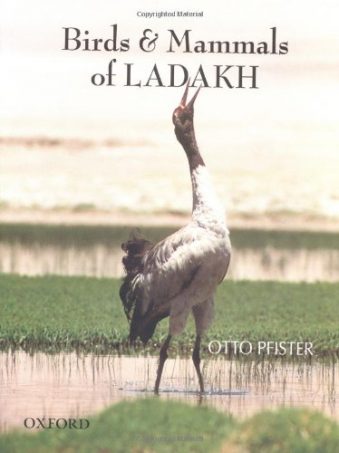- Empty cart.
- Continue Shopping
The Sikhs Khushwant Singh Raghu Rai 1984
₹12,000.00
- Hardcover: 144 Pages
- Editor: Lustre Press Pvt Ltd; Edition: First Edition (1984)
- Language : English
- ISBN-10: 0861867718
- ISBN-13: 9780861867714
Out of stock
Never before have the Sikh’s way of life, their modes of worship, their baptisms, weddings and rustic dances and their attempts to keep alive their marital traditions been more vividly captured by the camera or as clearly explained in words by India’s foremost author. Here is a rare collection of photographs taken by one of the country’s best photographers.
Sikhism is one of the world’s gentlest religions–a sort of eastern version of Anglicanism. It is as though someone had taken the best bits of Hinduism and Islam and merged them into a religion accessible even to the most secular of souls. There is no class or caste system, hence the men are all called Singh (Lion) and the women Kaur (Princess), and it makes no great claim to be the only way; indeed, unlike most religions, it actively promotes the idea that its followers may learn from other faiths. And yet, the popular image of Sikhs as fierce warriors is almost diametrically opposed to the tenets of their faith. Just how this came to be is wonderfully told in Patwant Singh‘s history of the Sikhs, published to coincide with the 300th anniversary of the Khalsa–the most important date in the Sikh calendar.
As may be expected, Singh is a highly partisan narrator. The Sikhs are always bold and noble, and those who oppress them–the Moghuls, the Hindus, and the British–are conniving and duplicitous. But this aside, he tells a truthful story of the early days of Sikhism up to the 20th-century partition of the Punjab and the diaspora to East Africa and Britain. But the book really takes off when we reach the modern era. He provides a moving account of the storming of the Golden Temple in Amritsar by Hindu troops acting on the authority of the Indian government in 1984. This led directly to the assassination of Indira Gandhi by her two Sikh bodyguards, which in turn brought swift and widespread retribution, as thousands of Sikhs were rounded up and massacred.
What Patwant Singh doesn’t answer, though, is why so many people have felt so threatened by Sikhism over the centuries. Sikhs do not proselytize their religion and they make up only two percent of the Indian population, yet they have been persecuted throughout their history. Maybe, just as nature abhors a vacuum, so religions abhor moderation.
n his preface, Singh, a Sikh writer and editor, explains that he wrote this book, in part, to counter the notion that Sikhs are little more than terrorists–a picture, he suggests, that’s at least in part the product of a systematic disinformation campaign waged by the Indian government. In accessible if scholarly prose, Singh traces Sikh history from its origins in the 15th century through Indira Gandhi’s 1984 storming of the Golden Temple (the holiest Sikh shrine and the event that led to Gandhi’s assassination by her Sikh bodyguards). Sikhs, he argues, have for centuries been an embattled people because their culture and religion defy the predominant religions in the region, as well as the Indian caste system with its ruling elite. For this reason, Hindu and Muslim rulers strove again and again to violently crush the Sikh religion; over the centuries, Sikhs grew increasingly militarized in order to defend their religion and themselves. In the riots that followed the storming of the Golden Temple, for instance, 3,000 Sikhs were killed in New Delhi when, by Singh’s account, government troops were withdrawn and the Sikhs were left unprotected. The author discusses how the partition of India, the rise of fundamentalism and the perceived indifference of the Indian government to their concerns led to Sikhs’ desire for a separate state in the Punjab. He does occasionally criticize what he sees as indiscriminate Sikh violence (“less saintly companions” is what he calls those who commit violent deeds), but for the most part Singh keeps his focus on demonstrating that the word terrorist is used much too often to describe Sikhs. Although Singh sometimes steers clear of important complications in his story, on the whole, this is a balanced, nuanced and well-documented study of a people little understood in the West. 8 pages of photos and 7 maps. (Apr.)













